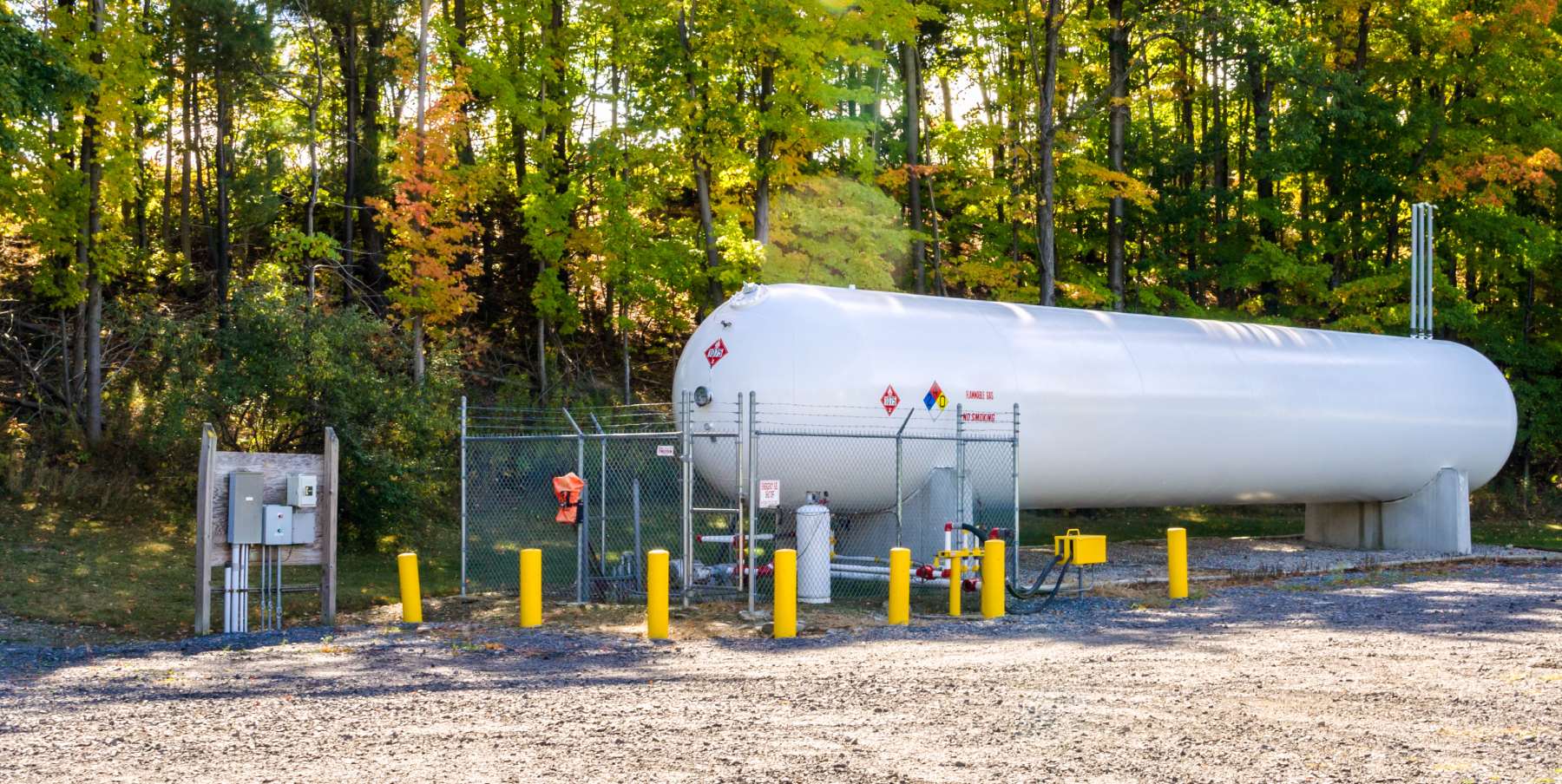Shop By Category

Find a Propane Tank Fuel Refill Station
Organic Health and Beauty is supported by readers who are interested in quality organic and natural products. Our priority is to provide the best information, reviews and updates on each product. As participants in the Amazon Services LLC Associate program we may earn a commission if you purchase a product using our links.



























